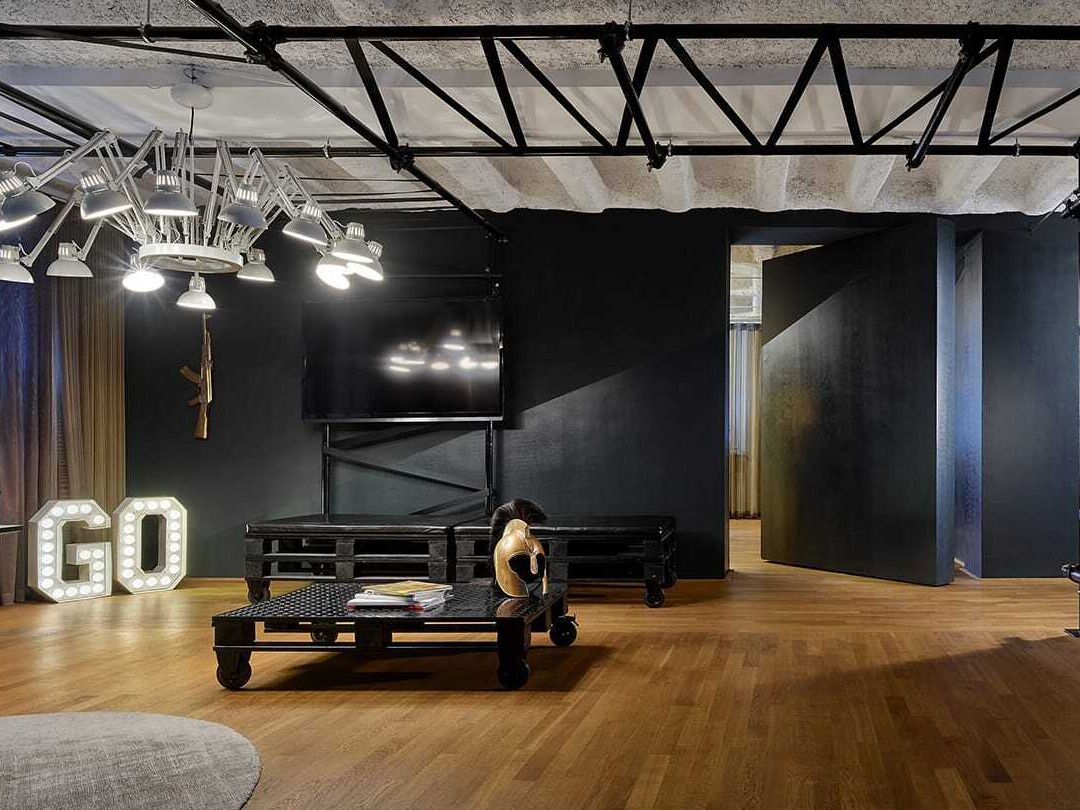
Why the digital upswing represents an opportunity for German companies.
This is how brands get more out of their online marketing.- 5 min reading time
Forced by the pandemic, digitisation has made great strides in Germany. At the same time, however, it has shown that this progress was urgently needed: in international comparison, Germany still lags far behind in many areas. The fibre-optic network is decades behind schedule, digitisation in schools is in a desolate state and the formerly efficient and exemplary German administration has turned out to be a gigantic burden in Corona times, making even a digital vaccination passport seem as complicated as developing a quantum computer. 1 Slowly, Germany is awakening from its digital slumber - also in the field of online marketing.
Looking at the above points, it becomes easier to understand why German companies still find it difficult to use social media and online marketing properly. 2 While Chinese companies have no chance in the market without a comprehensive, professional online presence, social media management in this country still feels like an intern's job. Yet a lot has happened here and there are more opportunities than ever. More and more companies are realising that long-term multi-channel strategy promises more success in the digital cosmos and are abandoning the attitude of short-term experimentation.
Another example of the slow development in the field of communication in Germany: in Asian countries, QR codes have been used successfully for a long time and are established and accepted. In China, it is so commonplace that a small donation can be sent to the destitute via QR codes instead of throwing coins into a paper cup. In Europe, QR codes have only become relatively attractive again in the last few years because separate apps are no longer necessary for recognition. Not only the Luca app, as controversial as it is, has shown here that the renaissance of the QR code has already begun. And with AR, another interesting technology is (again) in the starting blocks that can add another layer to the digital experience.
But what are the stumbling blocks and how can companies make progress in online marketing more easily? The most important realisation: it is not done with an ad placement on Google or Facebook. Playing out ads now requires more effort and preparation. The target groups must - and can - be defined more clearly. Often the promised high impressions hide the fact that seen does not mean perceived. That's why it's important to define further metrics and key figures in advance and optimise them in the long term rather than improvise. Online marketing is not a part-time job, it is a full-time task. Which not every company can do. But neither does it have to.
Taking communication for the digital space seriously and making targeted investments is therefore worthwhile. Of course, one could argue that an agency that demands more effort and budget for online communication is no surprise. But that falls short. The bottom line is that almost all companies are now represented and communicate online. But the question is rather: how good does this communication look? How streamlined are the paths to the destination for customers? And last but not least: how well do they pay off in terms of the company's strategic goals?
And here lies the crux. A beautifully designed ad that leads to an outdated website certainly does not foster customer loyalty in the long run. There is a good reason why big brands like Red Bull, Apple or Nike regularly make record sales: they are ubiquitous and invest millions in elaborate and emotional communication. 3 Sure, they have appealing products (literally by now). But that too is a feat of positioning and staging. Without investment there can be no ROI.
What insight can be drawn from this? The most important thing is a seamless and stringent presentation. Even the most elaborate film with hundreds of thousands of views cannot promote a purchase in the end if the downstream web or shop page does not correspond to the brand impression of the film or does not clearly guide customers. 4 With dozens of competing companies in a segment, the most credible brand experience that has left a lasting impression along the entire communication path is ultimately the deciding factor. Especially now during Corona, when home offices and digital exchange are becoming permanently established professionally and privately, it is worth rethinking one's own digital business card. And the way it is distributed.
https://www.sueddeutsche.de/wirtschaft/impfpass-digitalisierung-verwaltung-1.5302745
https://www.tagesschau.de/investigativ/kontraste/breitbandausbau-103.html
2 https://blog.hubspot.de/marketing/social-media-in-deutschland:“The importance of social media continues to grow. Companies have long recognised the potential of social networks as marketing platforms. Nevertheless, the distribution on the different channels remains very different in some cases. According to Statista, 59 percent of companies worldwide used Facebook in 2020, followed by Instagram (17 percent) and LinkedIn (14 percent).“
3 https://blog.mediaworx.com/marketingbudget-online/
4 There is a clear trend towards integrated shops in social media, as illustrated by the rapid growth of e-commerce on Instagram and Facebook.

